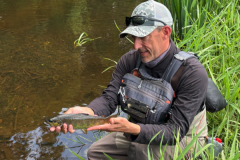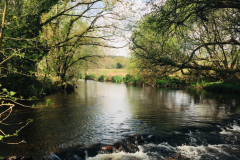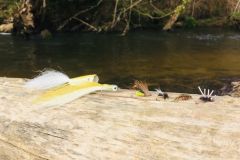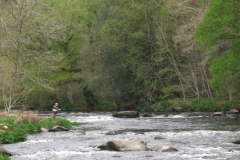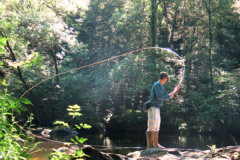It is a technique that can be effective in many situations. The only condition is that this tandem is correctly implemented. It is also important to select the flies that will be associated.
A hybrid technique effective in all seasons
The tandem dry fly / nymph fishing allows to associate a dry fly "in jumper", with a nymph in point which will evolve closer to the bottom. The jumper has also a function of indicator of touch, which will sink when the nymph is attacked by a trout or a grayling.
It is a technique adapted to fish the water in the absence of real fish activity on the surface of the stream. The interest is that the fisherman can prospect different layers of water at the same time. It is therefore a versatile technique that allows you to adapt your fishing to the behavior of the fish.
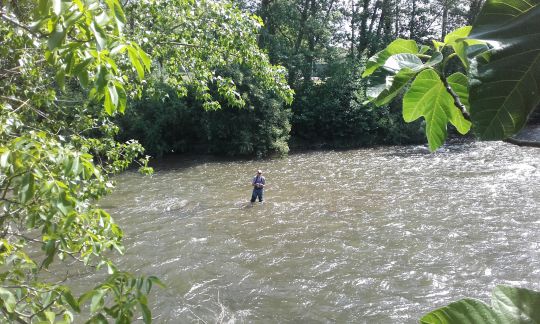
Choice of flies and mounting
The choice of flies is essential, in particular the jumper must float enough to support the weight of the nymph when drifting or in strong currents. Sedges made of deer hair are for example often used as touch indicators. Parachute rigs mounted with a small color tag, duck ass flies are also well suited.

To mount this tandem, several possibilities are offered to you: the dry fly can be mounted in gallows. It is also possible to connect the nymph to the bend of the hook of the jumper.
Another solution: when tying the dry fly, you deliberately leave an excess of leader on which the nymph will be tied (in which case of course the length of this excess decides at which depth the tip will evolve).
Each rig has its advantages and disadvantages, it is the experience of the fisherman that will allow him to make his own choices!




